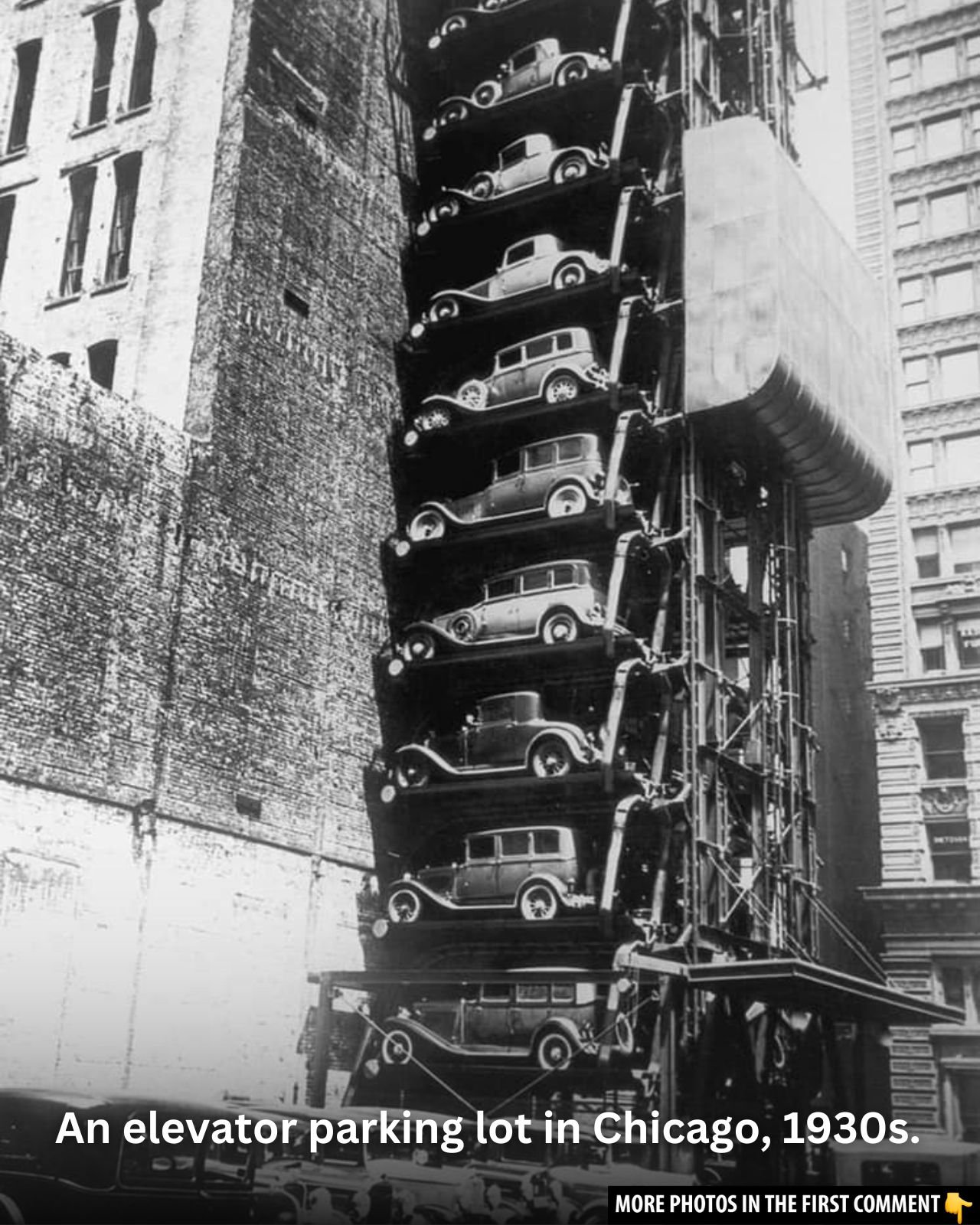As the automobile took the world by storm in the early 20th century, cities everywhere began to face an increasingly familiar problem: where to park all these cars? As cars became more accessible, urban spaces—already crowded with people, goods, and services—struggled to find room for parking. Cities like Paris, New York, Chicago, and Los Angeles, with their bustling centers and rapidly expanding populations, needed new solutions. This led to the advent of vertical parking garages, an innovative answer to the challenge of parking in densely populated urban areas. What followed was the development of groundbreaking parking systems that paved the way for modern-day solutions in a world now dominated by cars.
Early Concepts: Parking Innovations in the 1920s
In 1905, the first vertical parking garage was built in Paris at the Garage Rue de Ponthieu. This structure utilized a revolutionary multi-story concrete design with an internal elevator system to transport cars up to higher levels. This marked the beginning of a new era in urban parking, where land scarcity and the rising number of vehicles demanded creative thinking.
The 1920s saw further advancements with the introduction of the paternoster system. A mechanical marvel, this Ferris wheel-like design allowed for the parking of cars in a vertical format using suspended cages that rotated to accommodate incoming vehicles. The system allowed eight cars to be parked in the same ground space that would typically hold only two. Easy to use, it could fit into many spaces, even inside buildings. The simplicity of the design and its relatively small footprint made it an attractive option, and its presence spread rapidly throughout cities across the globe.
Automated Parking Systems: The American Revolution
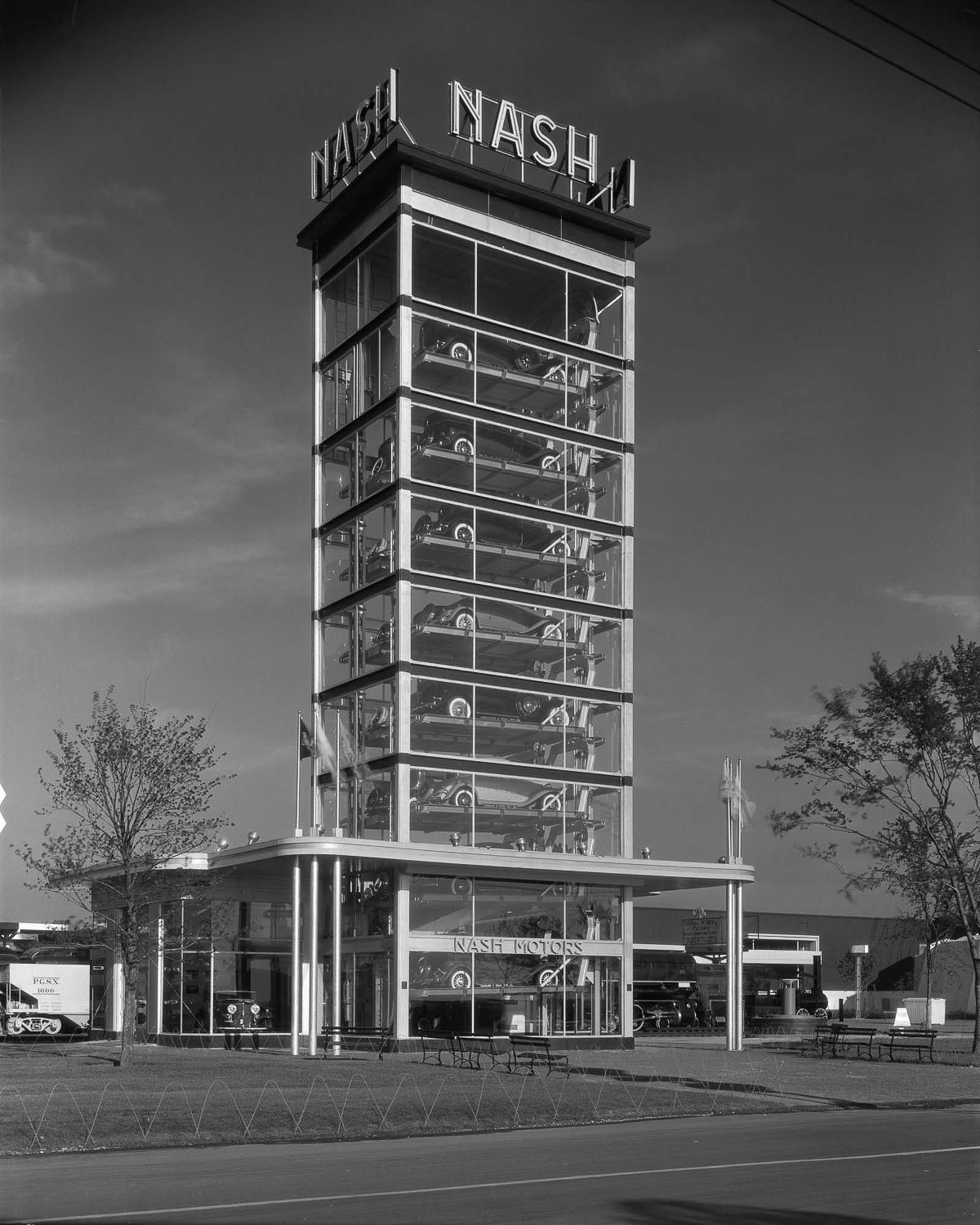
The United States quickly embraced vertical parking solutions, and by the 1920s, cities like Los Angeles, New York, and Chicago were home to some of the earliest automated systems. The 1933 Century of Progress World’s Fair in Chicago saw the introduction of the first glass-enclosed parking system by Nash Motors, which offered visitors a futuristic glimpse into how parking would evolve. These early systems used a combination of hydraulic lifts, mechanical conveyors, and rotating platforms to transport cars from one level to the next, removing the need for human labor in many cases.
In Washington, D.C., 1951 marked the arrival of the first-ever driverless parking garage, which, despite the novelty of its design, was eventually closed due to technical difficulties and mechanical issues. However, these initial automated systems captured the imagination of urban planners and developers alike, and their influence can still be seen today in modern automated parking garages across the world, especially in cities across Asia.
Video
Watch the video to see a new vertical car park installed in Chicago! Don’t miss this modern look at an innovative solution to urban parking.
Iconic Vertical Parking Structures
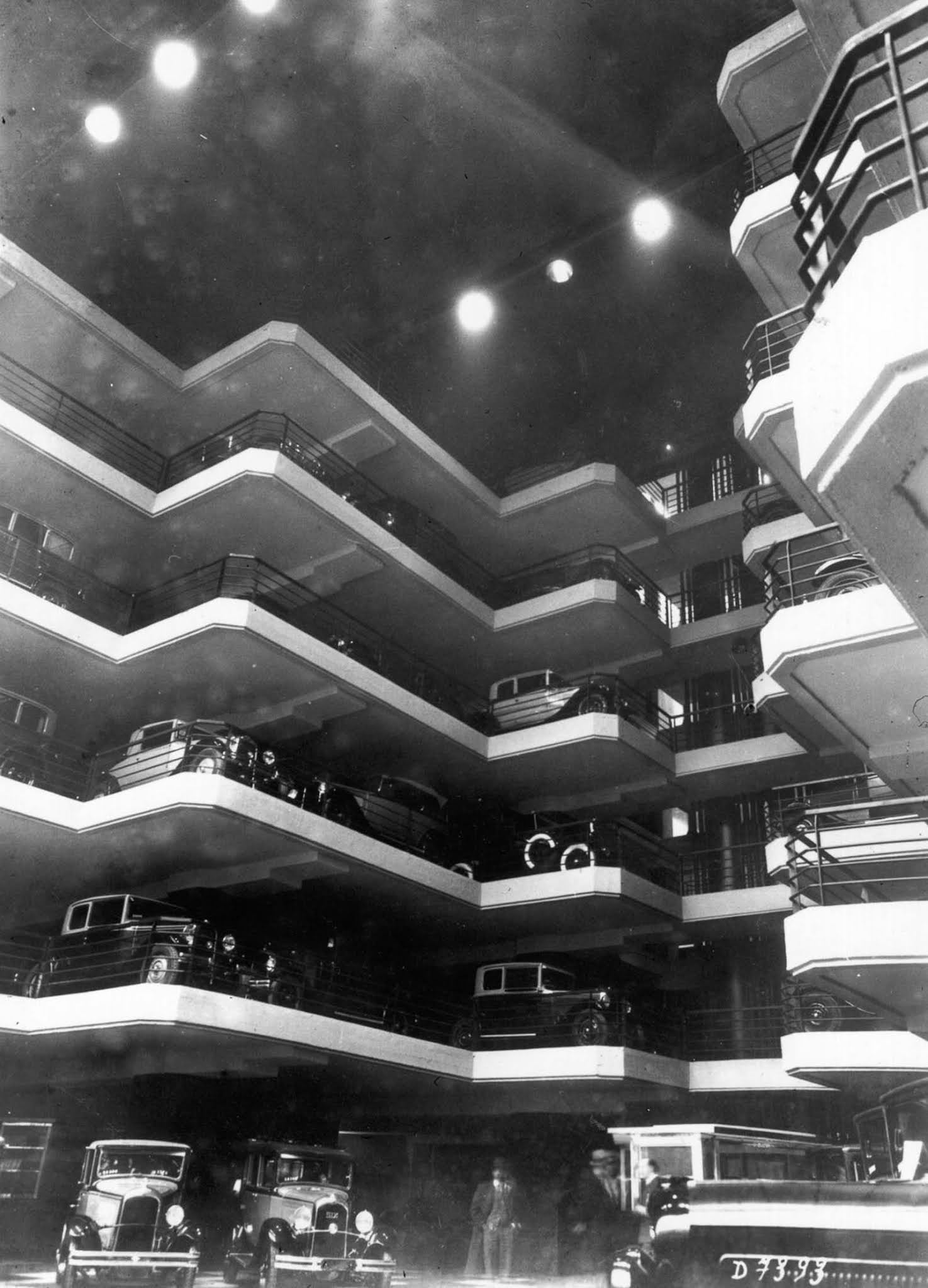
Some of the most iconic early vertical parking structures still stand today, a testament to their lasting impact on the world of urban design. One of the most well-known examples is the Le Marbeuf garage in Paris, which was built in the 1930s. The garage, designed by architects Albert Laprade and L. E. Bazin, combined practicality with architectural beauty. The garage was an efficient use of vertical space, housing cars in a multi-story format while integrating seamlessly into the surrounding urban environment.
In Chicago, the Freestanding 48-Car Elevator Parking Garage, built by the Westinghouse Electric and Manufacturing Company in 1936, stood as a marvel of its time. It was a towering structure that utilized an elevator system to raise cars to upper levels, maximizing the limited space available in the city’s business district. With its streamlined design and automated functionality, it embodied the spirit of innovation that defined the era.
The Rise and Fall of Automated Parking Systems
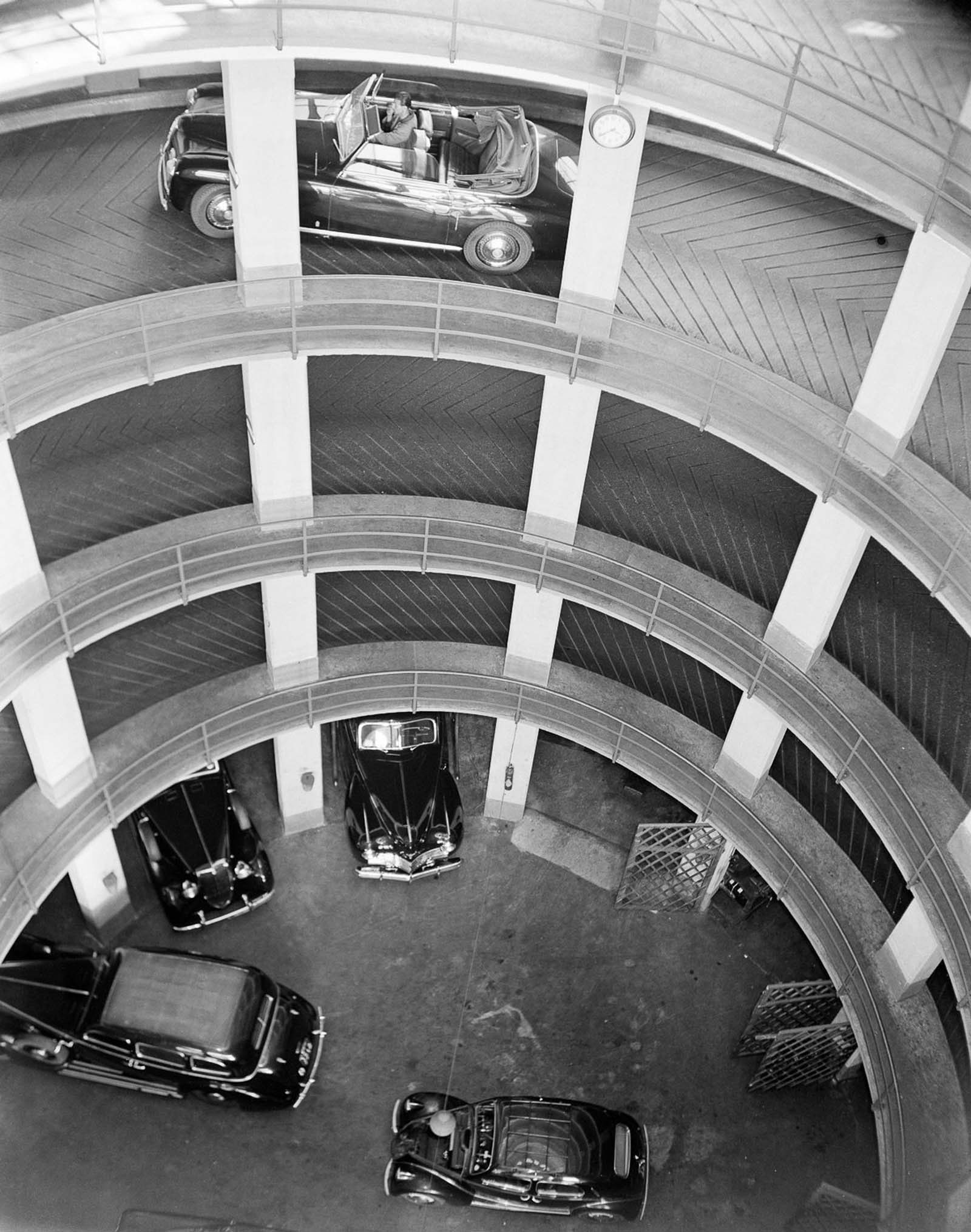
Despite their initial success, automated parking systems faced significant challenges. Mechanical failures, lengthy wait times for car retrieval, and frequent breakdowns led to a decline in their popularity. The complexity of maintaining these systems also deterred further development, as the cost of upkeep became prohibitive.
By the 1950s, many of the systems had either been dismantled or replaced with simpler, more reliable alternatives. However, automated parking systems continued to be a part of the urban landscape in certain parts of the world, particularly in countries like Japan and South Korea, where high population density and limited space have made vertical parking systems a practical solution to modern parking woes.
Gallery: Vintage Photographs of Early Vertical Parking Garages
A fascinating aspect of the early vertical parking systems is the photographic documentation that has survived through the decades. These rare photos offer a glimpse into the past, showcasing the ingenuity and creativity that went into designing these early structures. From the glass-enclosed parking systems of the 1933 World’s Fair to the functional elegance of the Le Marbeuf garage in Paris, these images tell the story of how architects and engineers tried to solve the pressing problem of urban parking.
The gallery includes vintage photos of some of the most notable structures from the era, like the Freestanding 48-Car Elevator Parking Garage in Chicago and various automated parking systems that were once considered cutting-edge technology. These photographs not only highlight the architectural and mechanical feats of their time but also provide insight into the social and cultural context of the era, where modernity and the rise of the automobile reshaped cities across the world.
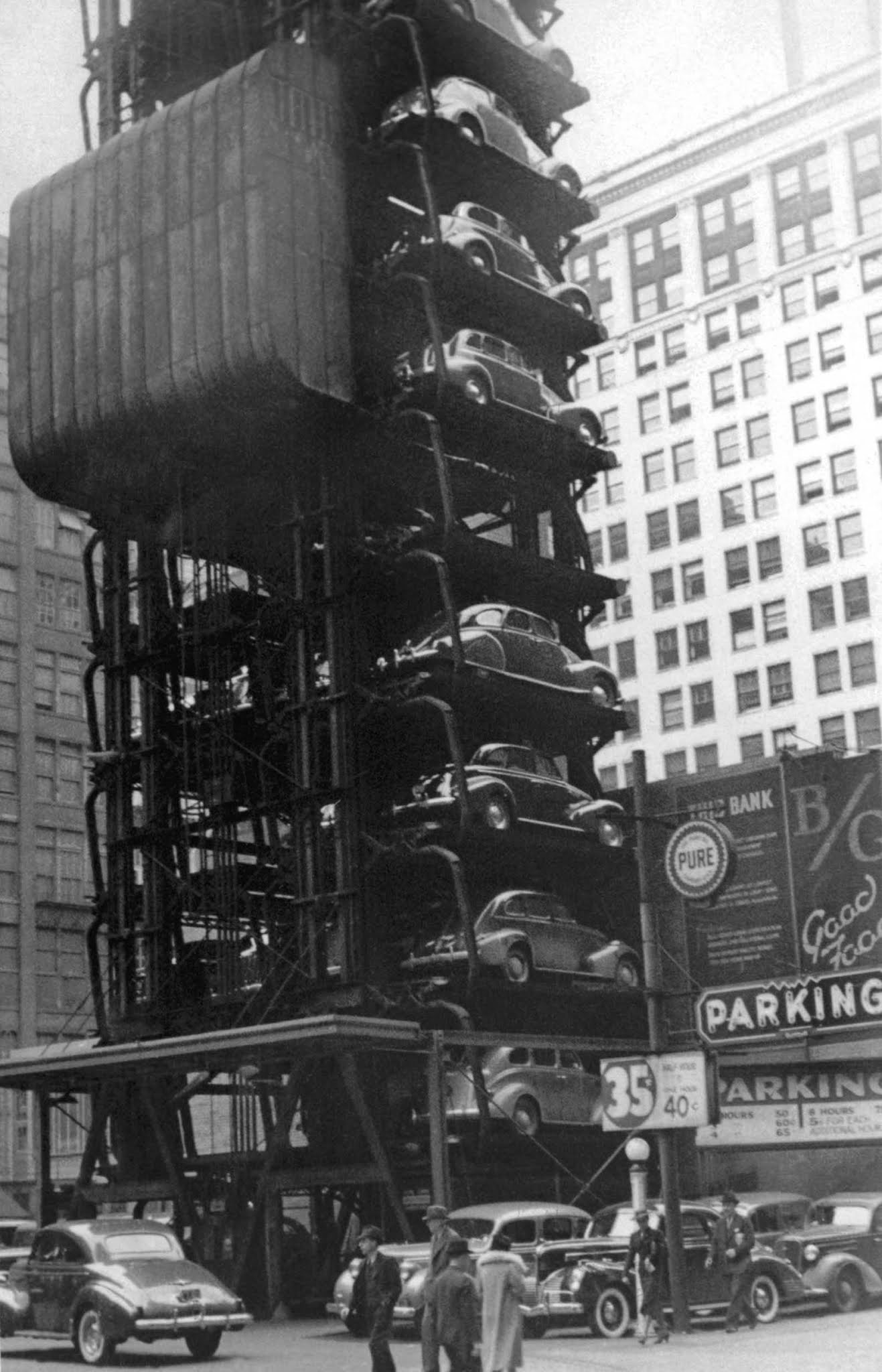
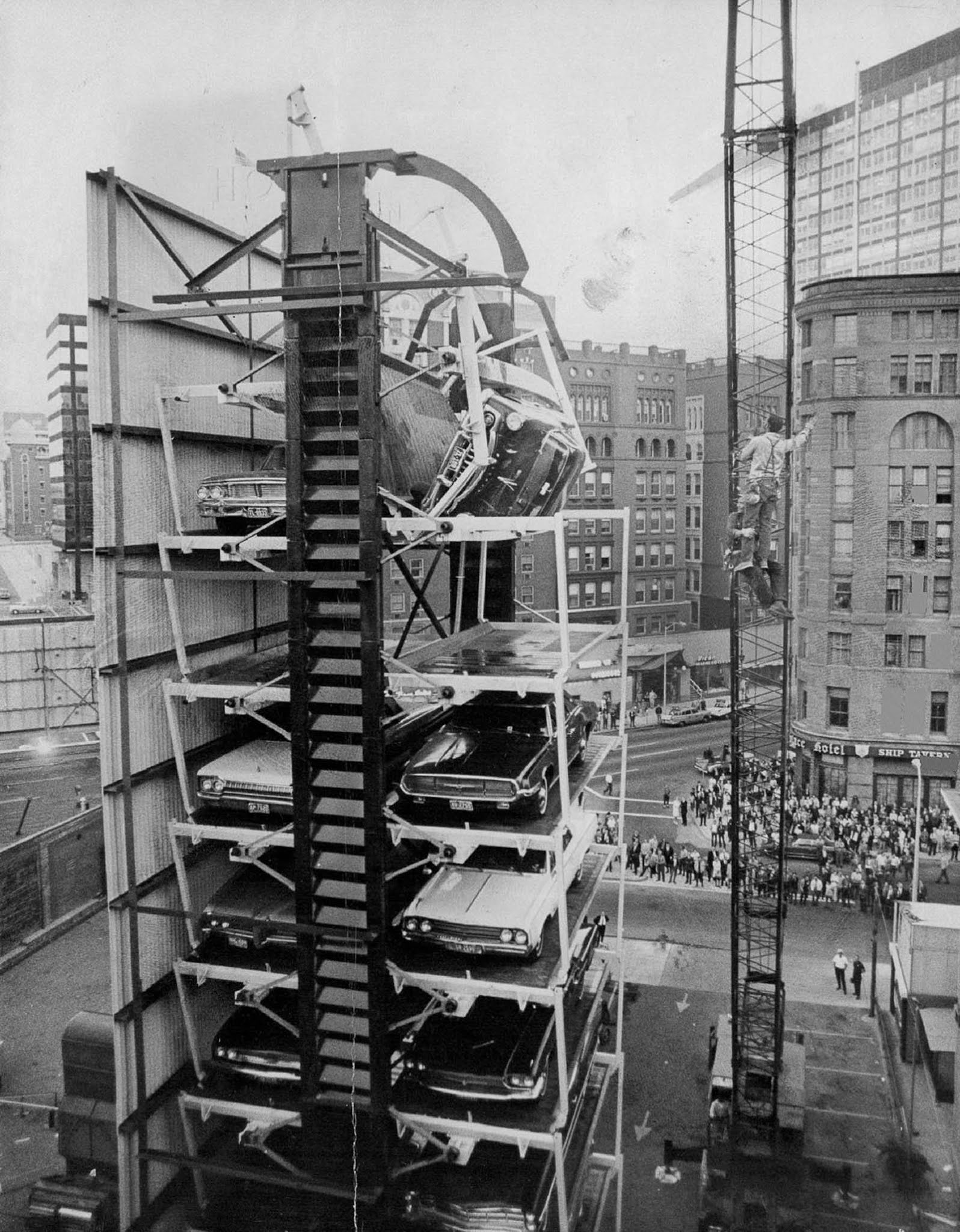
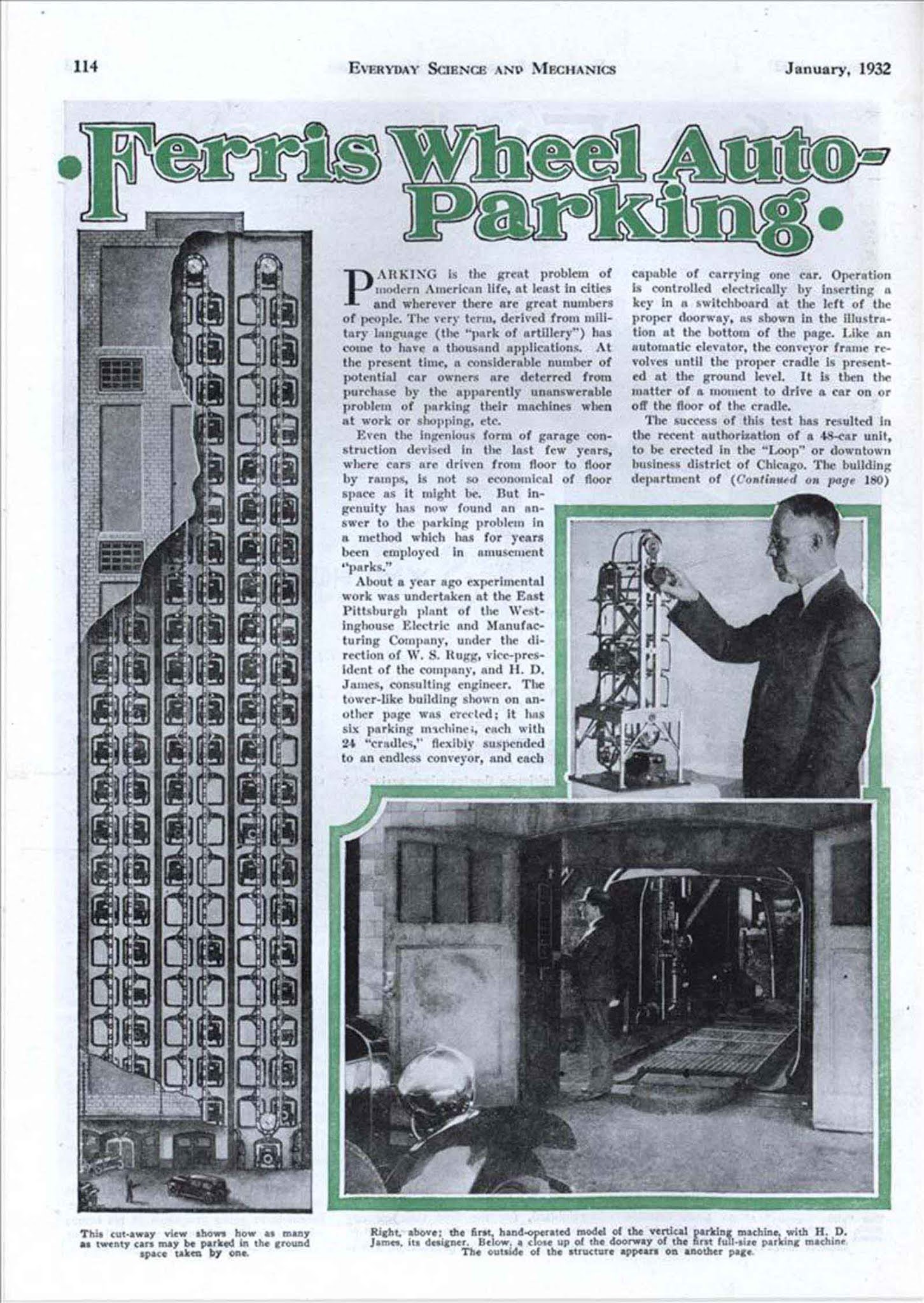
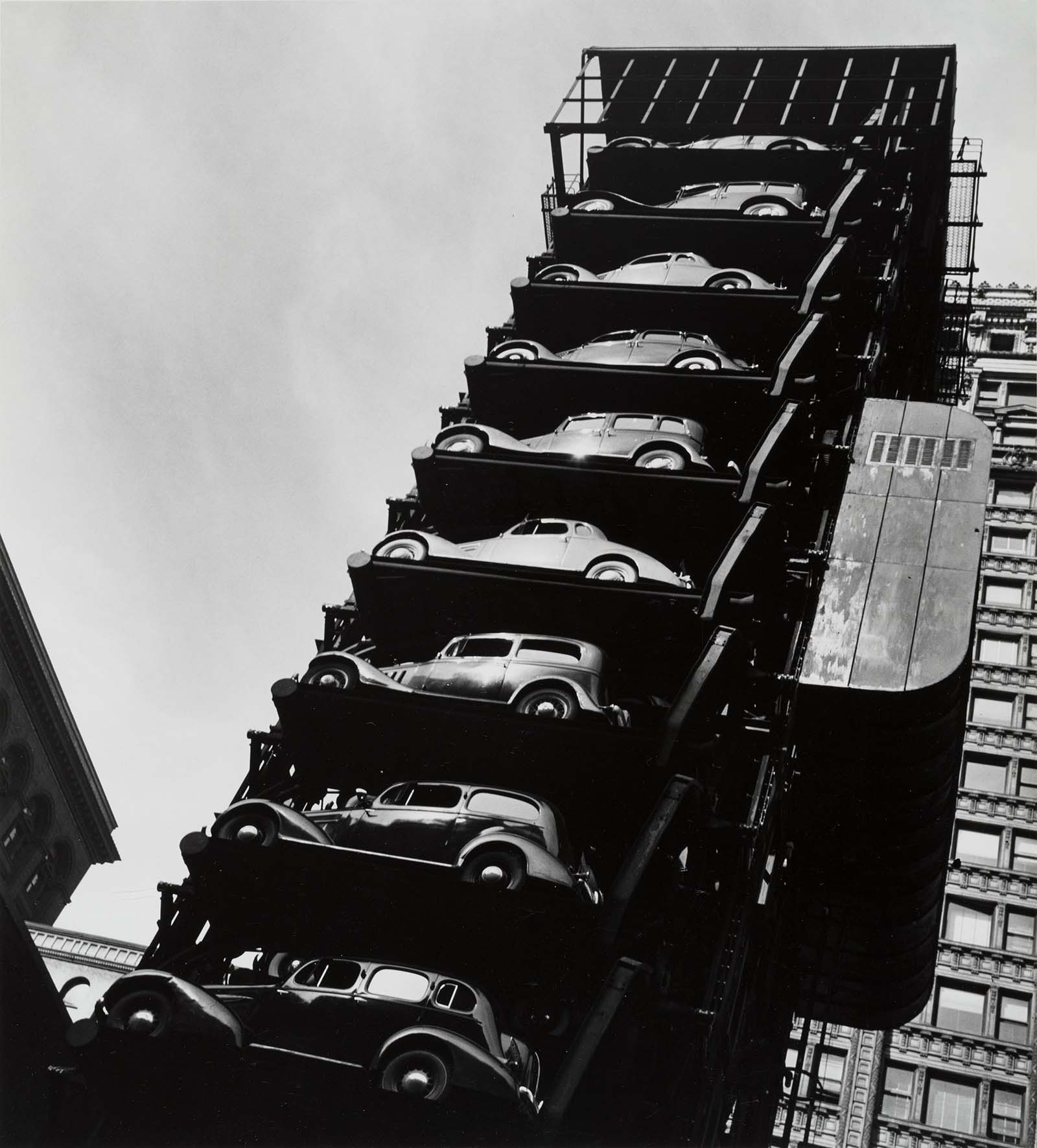

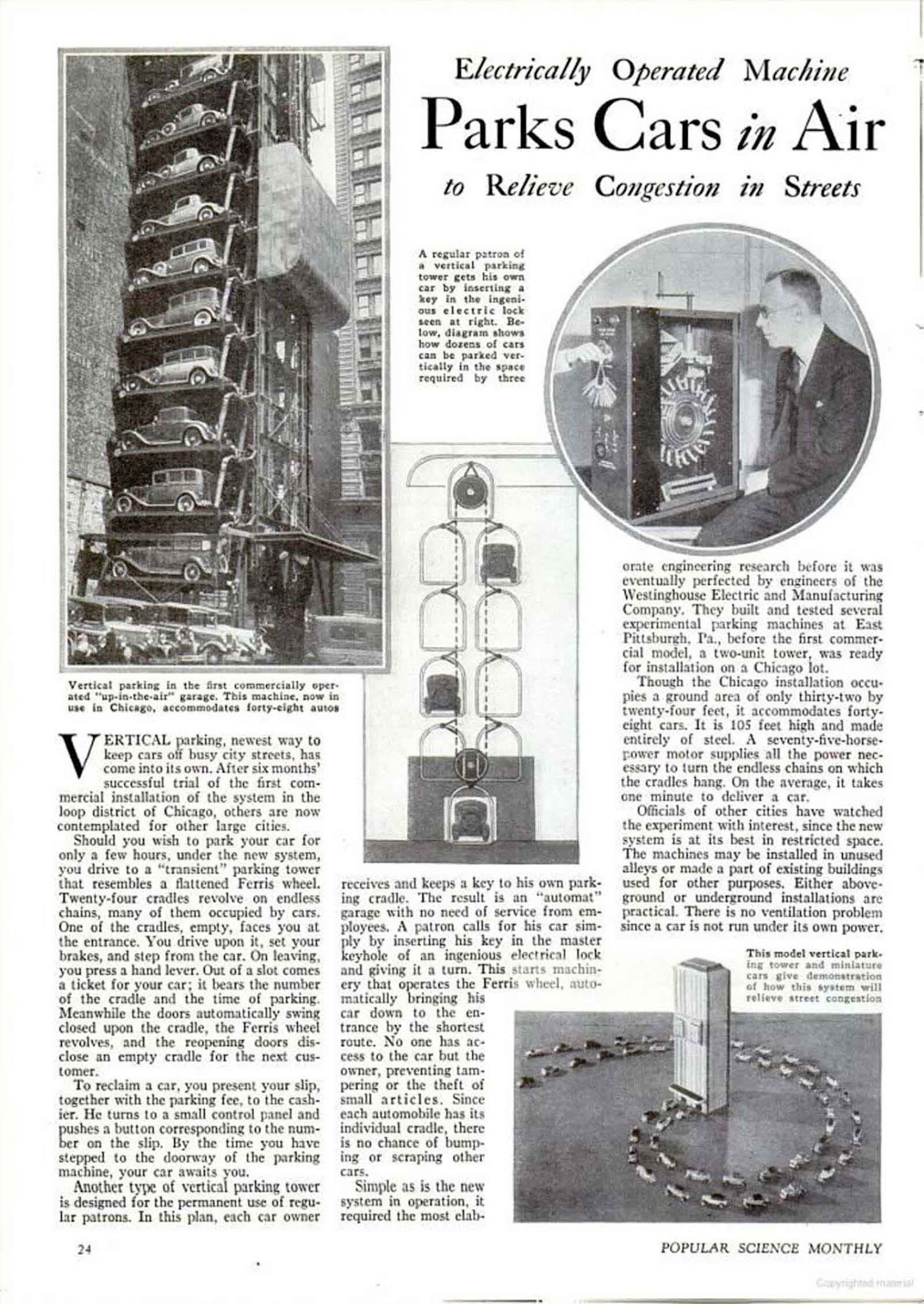
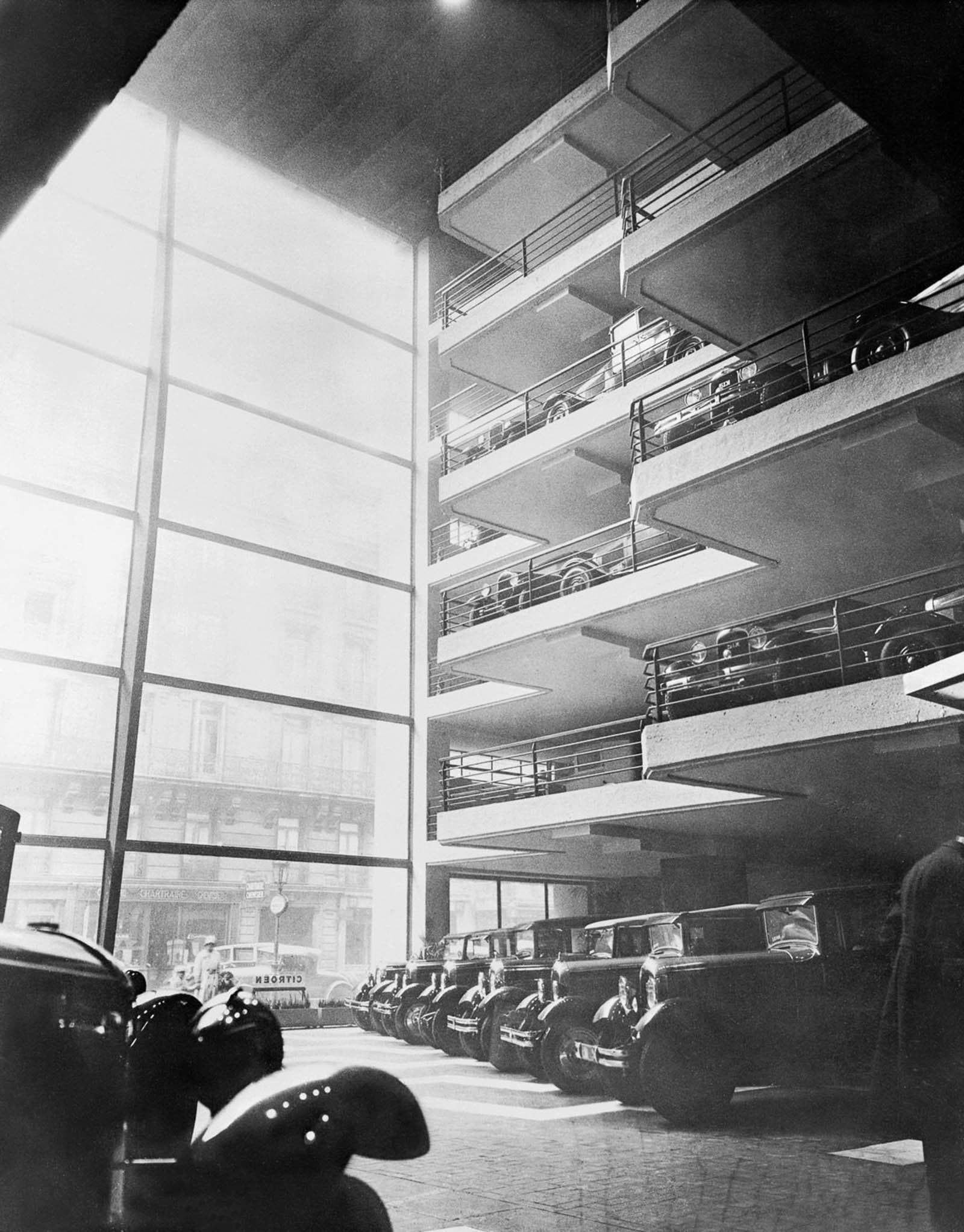
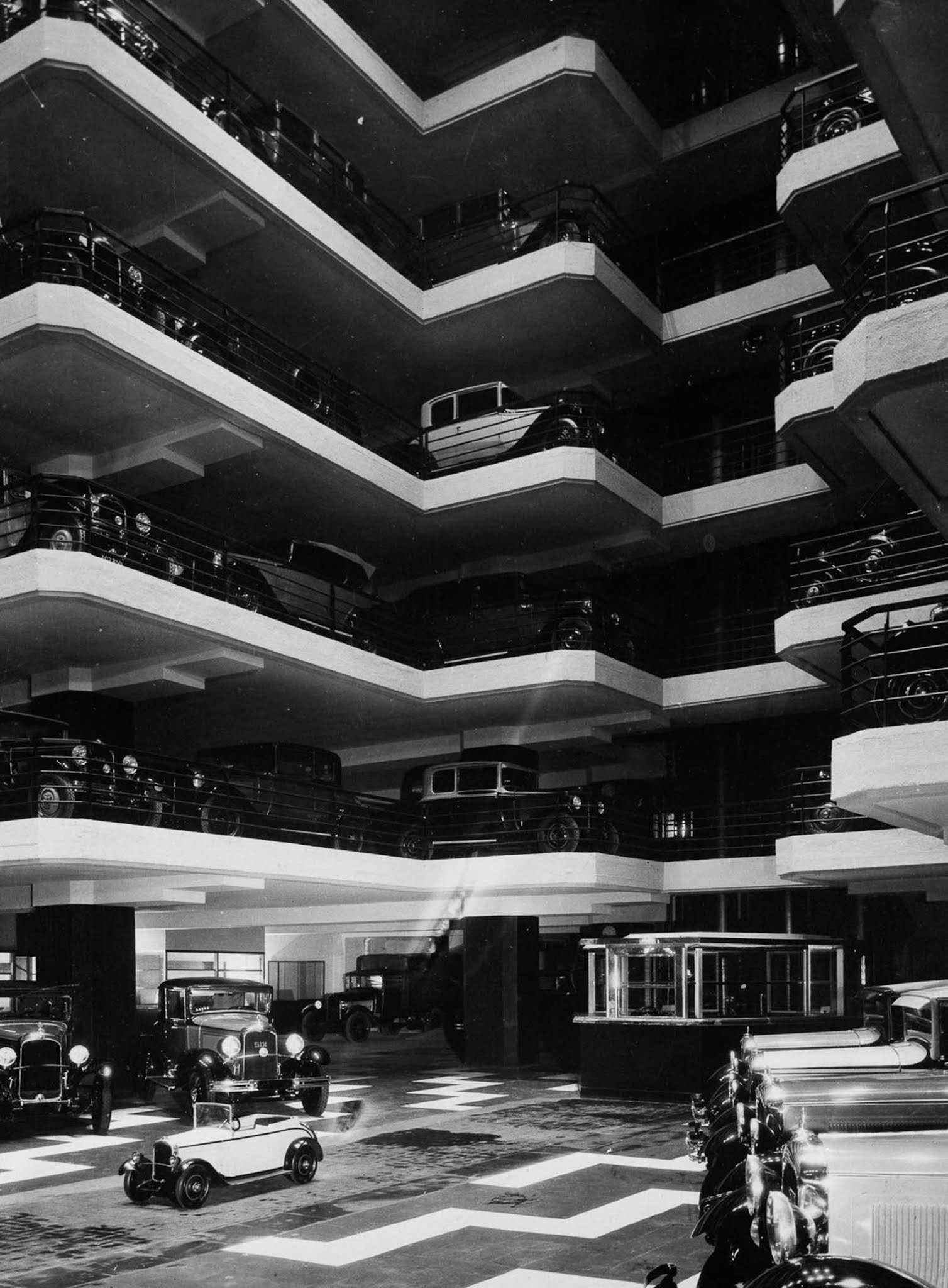
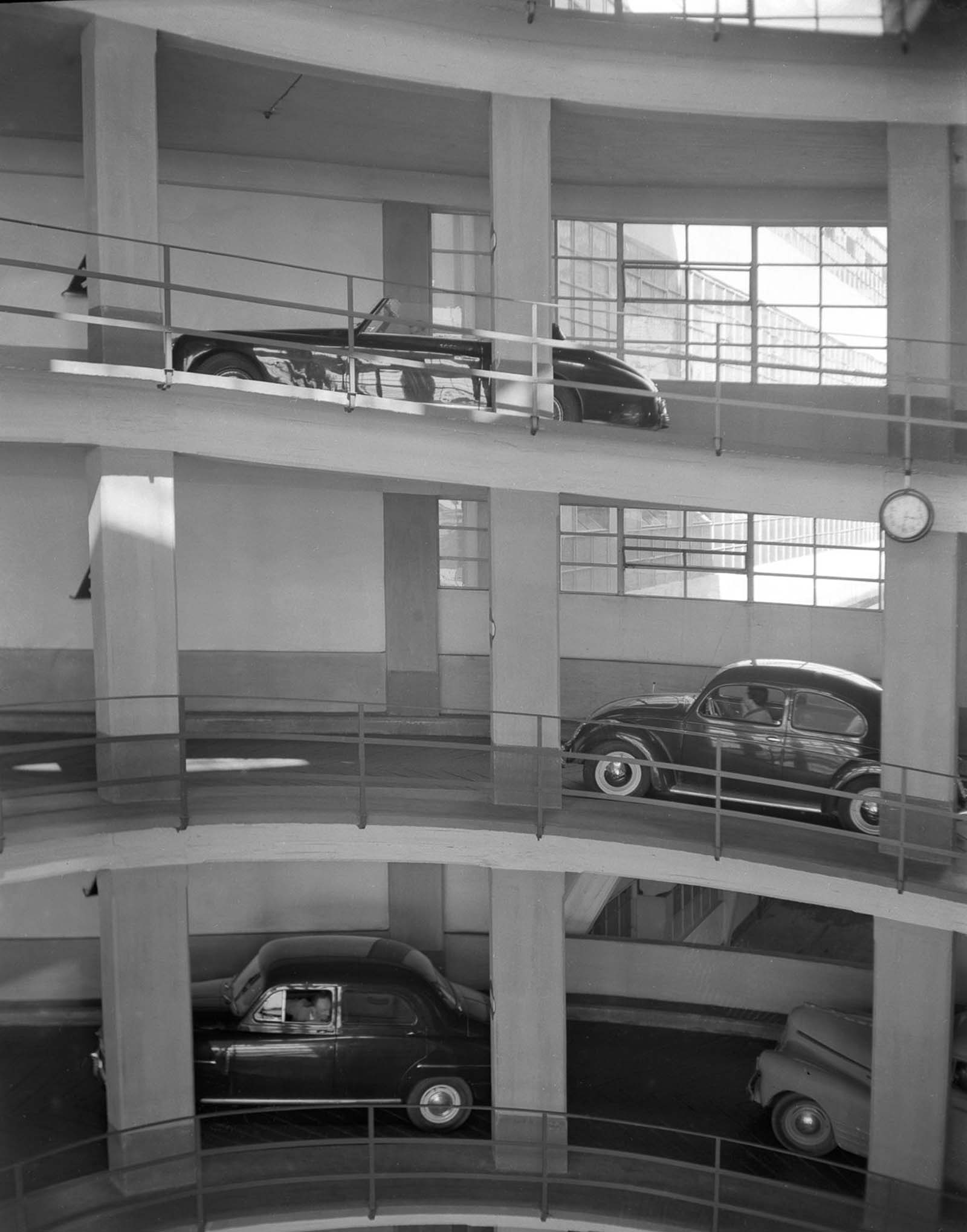
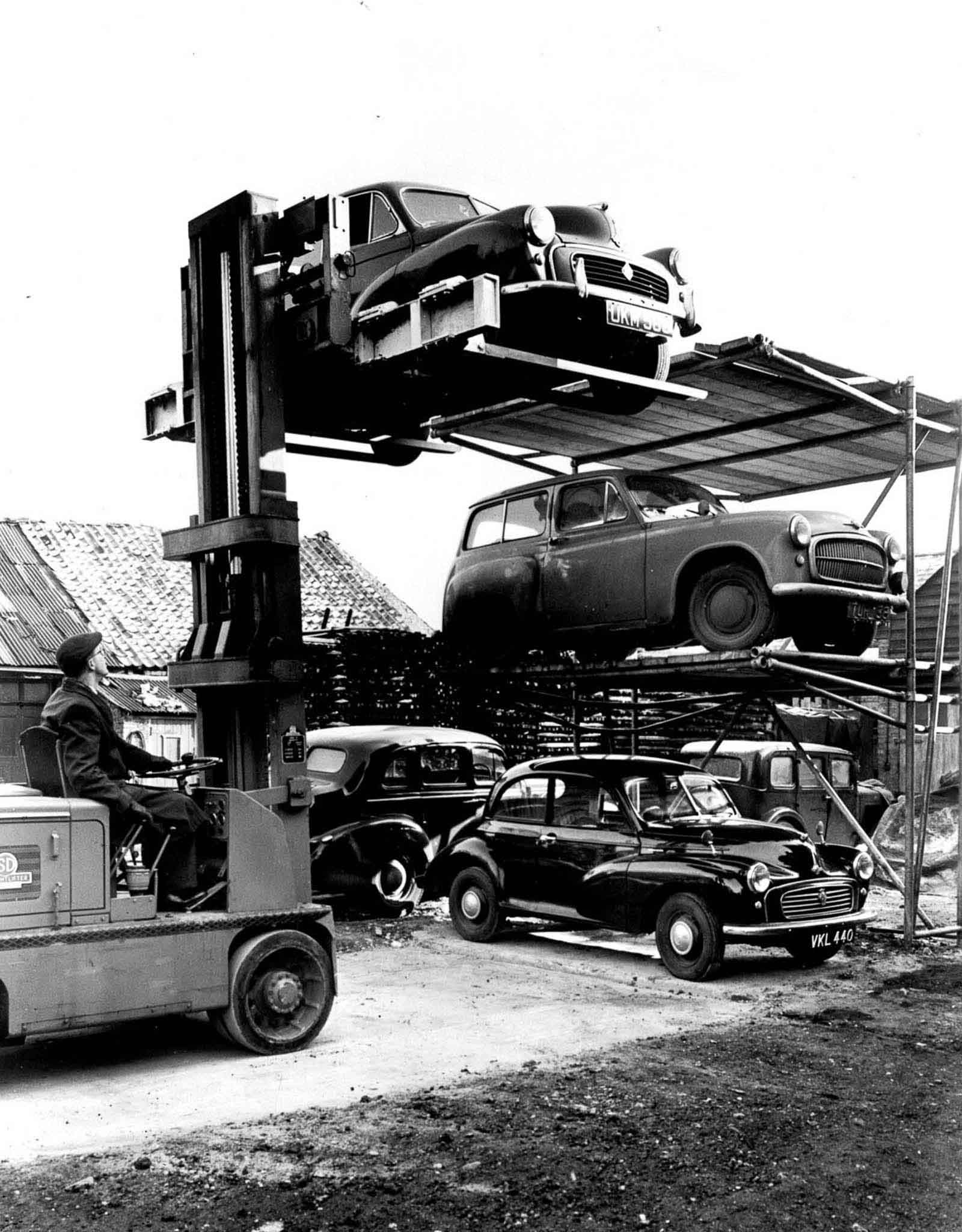
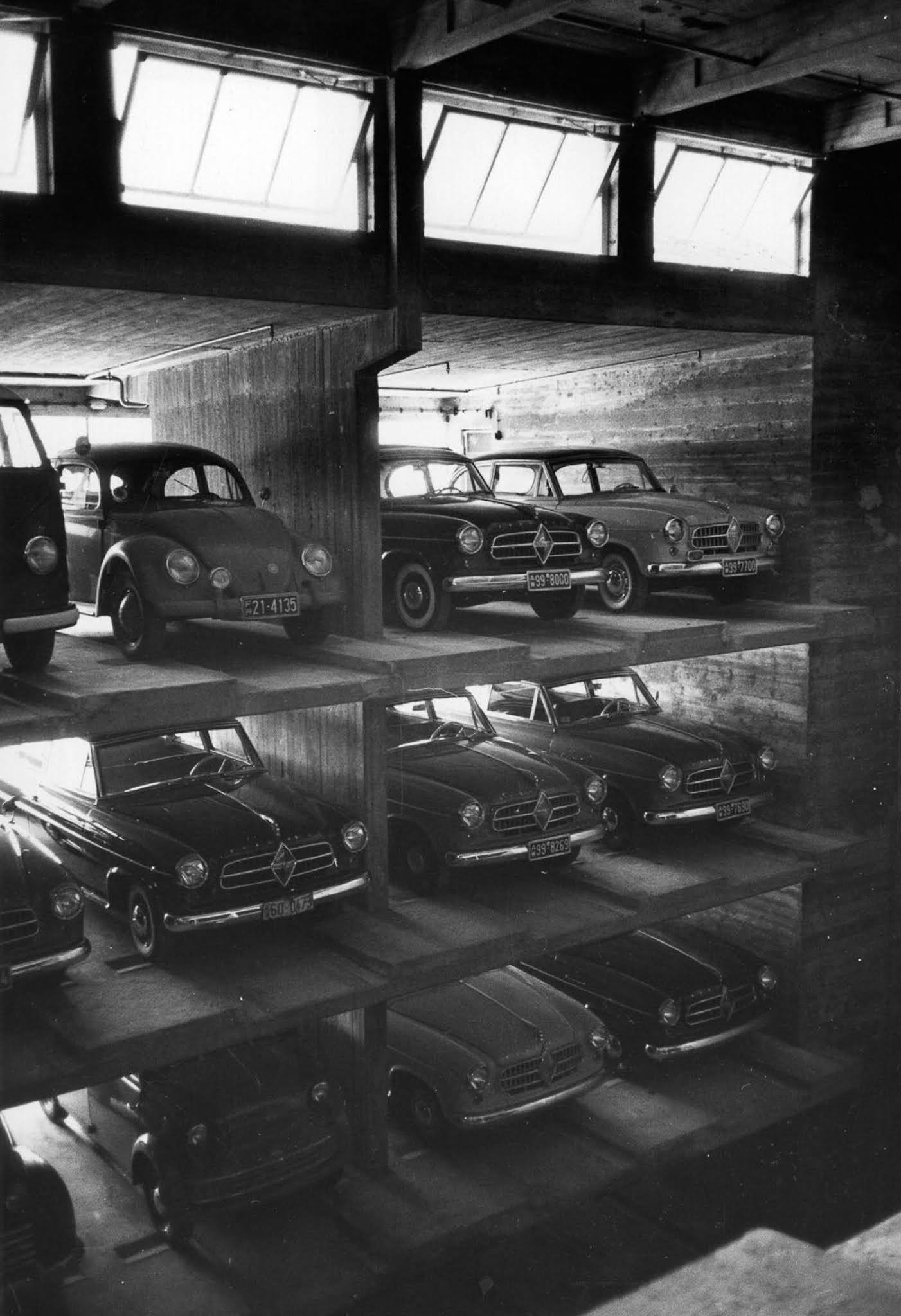
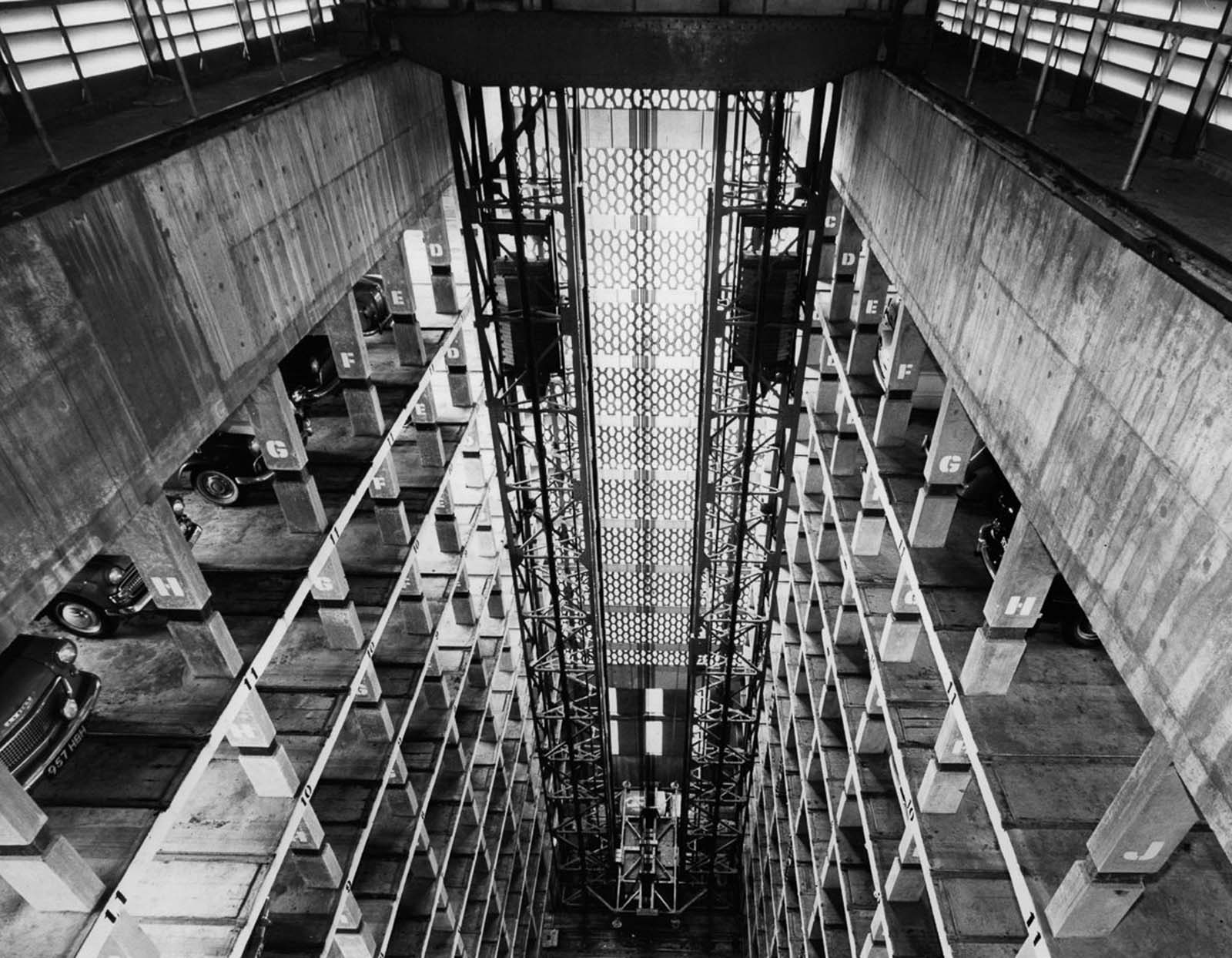
Legacy of Vertical Parking Systems
While early vertical parking systems may have fallen out of favor, their legacy is far from over. Many of the concepts and innovations introduced by these pioneering structures can still be seen in the parking systems used in modern cities today. The idea of maximizing vertical space in dense urban environments continues to drive the development of modern parking solutions, from multi-story parking garages to automated and robotic parking systems.
As cities continue to grapple with the challenges of overcrowding and limited space, the lessons learned from the early days of vertical parking can still offer valuable insights into how we can build smarter, more efficient urban spaces. Whether through the development of greener, more sustainable parking solutions or the integration of new technologies, vertical parking remains an essential part of the urban planning conversation.
Video
Watch the video for a funny look at the 5th wheel car parking invention! Don’t miss this entertaining take on a unique parking solution.
Conclusion: Reflecting on the Past and Future of Parking Solutions
The history of vertical parking garages is a testament to human ingenuity and the desire to adapt to the changing needs of urban life. From the early systems developed in Paris and the United States to the more modern automated systems found in cities today, vertical parking has played a significant role in shaping how we interact with our cities and how we manage the space around us.
As urban populations continue to grow and cities face the ongoing challenge of accommodating more cars in less space, the evolution of vertical parking will likely continue to be an essential part of the solution. By looking back at the pioneering work of engineers and architects who developed these early systems, we can better understand the challenges and opportunities that lie ahead in the future of urban parking.
